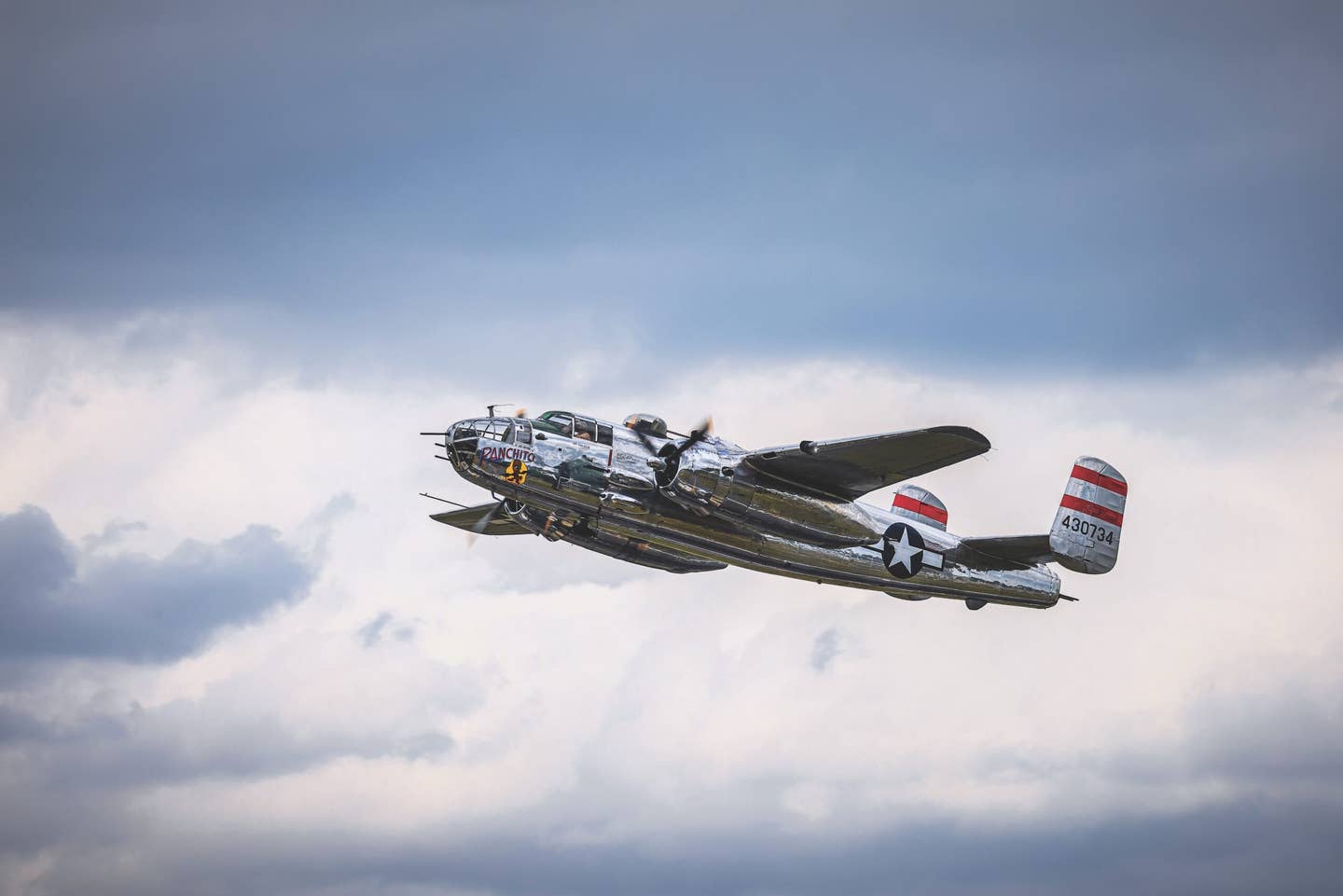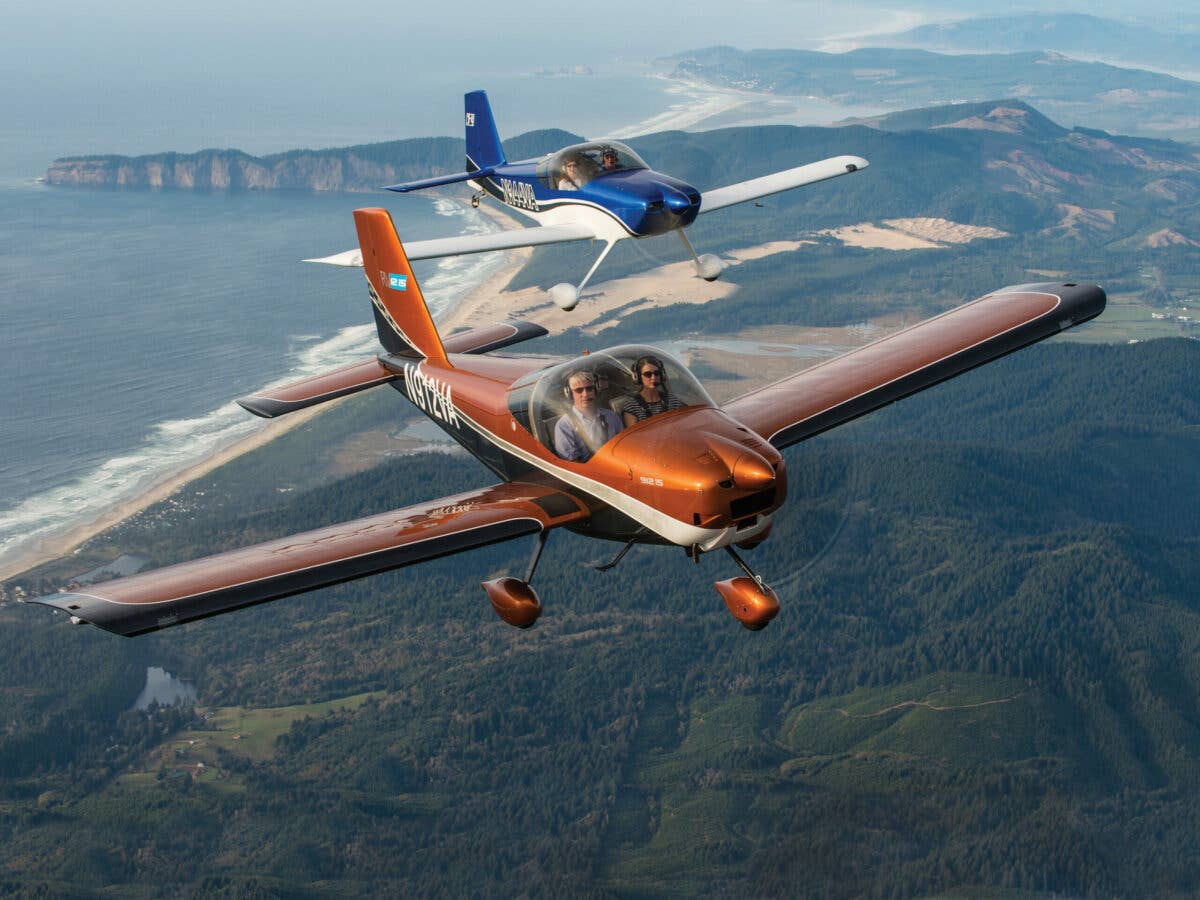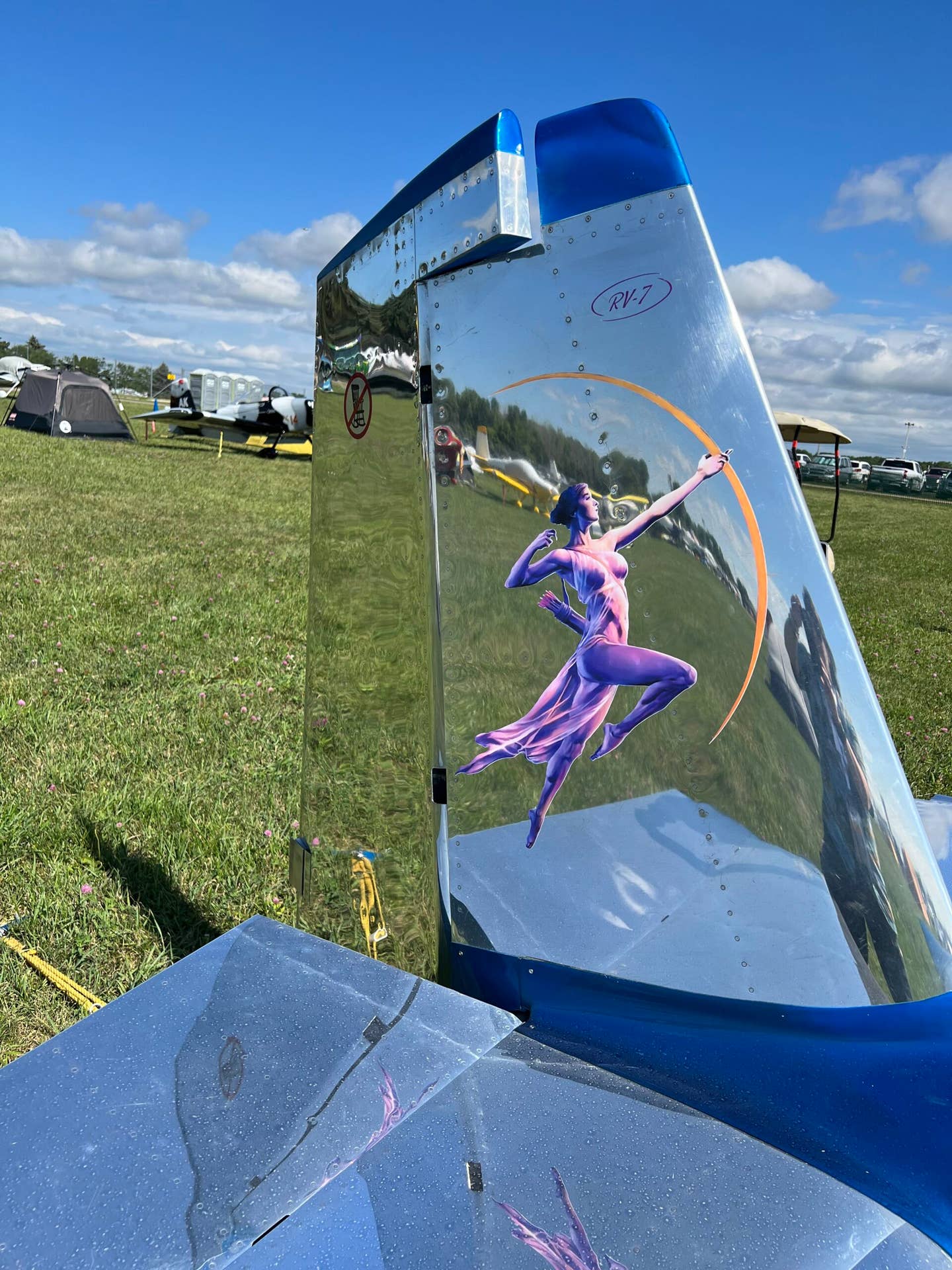
The pilot of this Cirrus SR20 deployed the chute over mountainous terrain in British Columbia, and all four occupants walked away unhurt. A lucky landing spot? Perhaps. Note the channel through which the parachute system’s harness is run. Normally, the channel is invisible, as it’s covered by a thin, non-structural layer of composite material. When the chute is deployed, though, the harness rips out the covering.
Flying StaffEditor
Flying Magazine is a one-stop resource for everything aviation, including news, training, aircraft, gear, careers, photos, videos, and more.
Comments(0)
Related Stories

Subscribe to Our Newsletter
Get the latest FLYING stories delivered directly to your inbox






